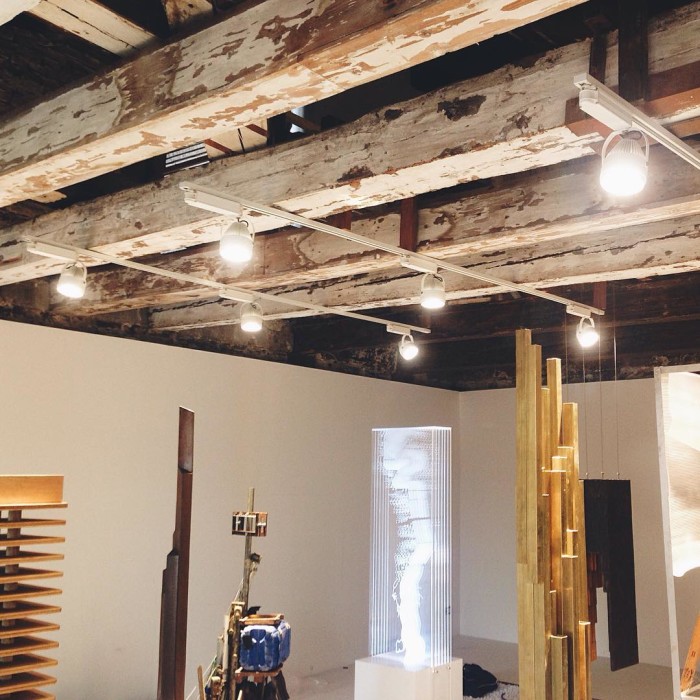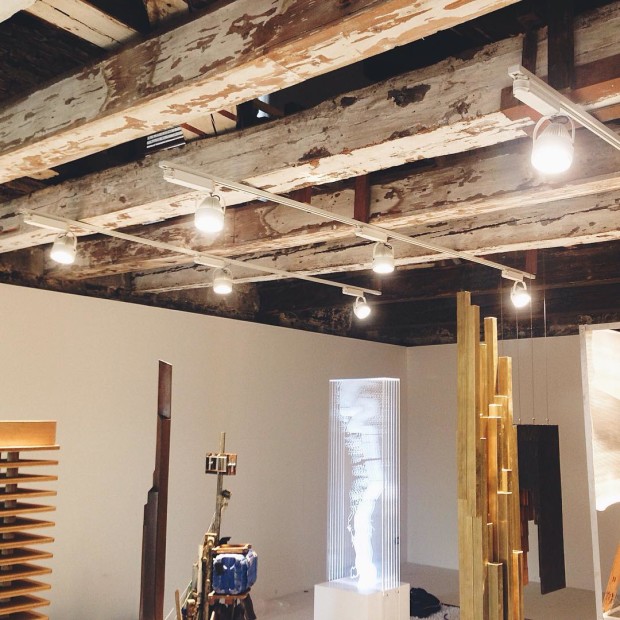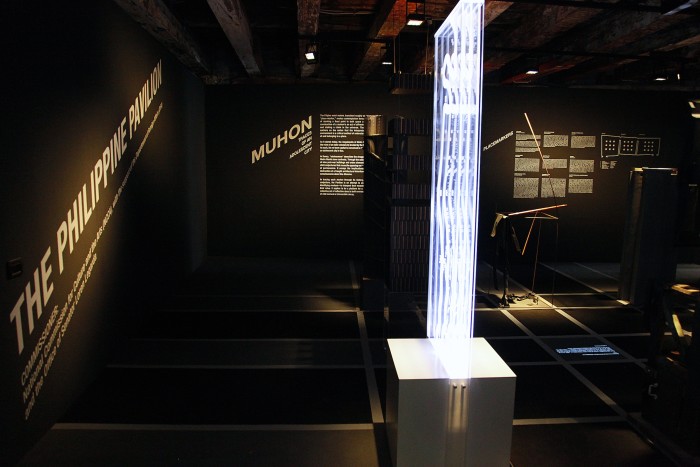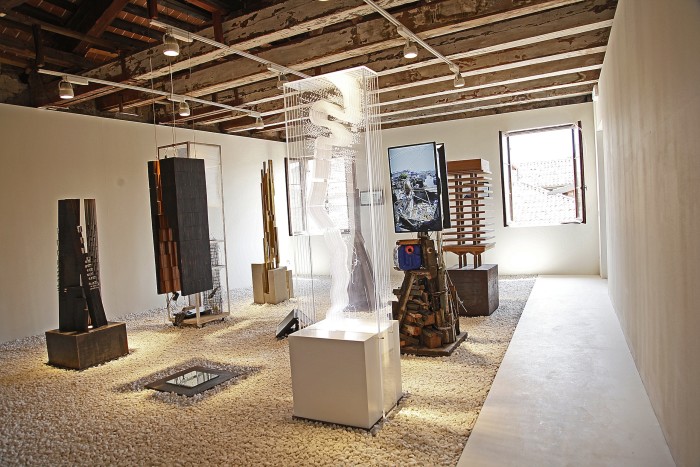Venice Biennale, as the principle organization that handles multiple exhibits of the same name, kicked off its 15th Architecture Biennale last May 28. This is the first time that the Philippines is joining the international architecture exhibit which started last 2000 and is held every two years. Its counterpart, the Venice Art Biennale which takes place on the alternating year is no stranger to us. A little trivia: The Philippines actually first joined the arts exhibit in 1964 and then on 2015 again―50 long years later. Hence, our country joining the Architecture Biennale for the first time is another milestone since our triumphant comeback to the exhibition scene last year.
Under the curatorship of Prizker Architecture Prize recipient Alejandro Aravena, this year’s theme is entitled “Reporting from the Front.” With 88 participants from 37 different countries and 62 national participations, the exhibit wishes to convey elevated knowledge and experience to improve national issues from an architectural point of view.
The curator for this year’s Philippine entry to the exhibit is no less than Leandro V. Locsin & Partners (LVLP) composed of Leandro Y. Locsin, Jr. himself together with Sudarshan Kadkha, Jr. and Juan Paolo dela Cruz, a fellow UST graduate. Lucky enough, he was visiting Milan so I took the chance to meet up with him for an interview as I have not had the chance to visit the Biennale yet. Over cocktails, I sat down with him along with other enthusiastic friends to learn more about the Philippine pavilion in the six-month long exhibit.
Can you tell us how your curatorship for the Philippine Pavilion came about?
Under Senator Loren Legarda’s Office and the Department of Foreign Affairs, along with the National Commission for the Culture and the Arts being the official commissioner for this year’s entry, 13 different interested curators sent their respective proposals in response to the open call. [For us] the most pressing issue is about the architectural and cultural identity of a country like ours. So we thought it was the most fitting to be the main topic for our narrative. I even remember we were the 13th to present, we were the last one, and eventually we were awarded to be the curators for the event.
Our narrative is entitled MUHON: Traces of an adolescent city. It revolves around the idea of presenting cultural and heritage monuments or markers, also known as Muhon, in Manila and their conditions throughout history. We thought that Manila as an adolescent city is struggling for its own identity. After being colonized and influenced by different countries for a long time, we quite don’t know who we really are. In also comes the problem of disregard to historical sites that are torn down which says so much of our heritage. There is also the question of “Where are we going in the future?” and we thought that is a very important issue that we are facing now.
How did you choose the different artists and designers for the Muhon pieces?
We commissioned and sought for designers and artists whom, first of all, we thought can deliver within the limited time frame we have. We invited curators and critics Patrick Flores and Marian Pastor-Roces; dean of SoFA Design Institute Architect Tobias Guggenheimer; urban planner and landscape architect Paulo Alcazaren; and conservationist architect and honorary ICOMOS member Augusto Villalon to be members of an advisory council to help us decide on who to choose. There are nine authors in total, six of which are architects and the other three are visual artists. There are three categories within the architectural group: Inherited practices like Ed Calma and Bambi Manosa; Self-founded offices like of Jorge Yulo‘s, and CS Design Consultancy and young breed of architects like 8×8 Design Studio Co. and Lima Architecture. The three visual artists comprise of Poklong Anading, Tad Ermitano, and Mark Salvatus.
How are the Muhons presented in the Philippine Pavilion?
To begin, we did a mock-up in the University of the Philippines to further study the narrative that we want and how we can present the Muhons. We replicated the exhibition space and made sure the construction was as close as possible to the real location that we have. Where the Philippine Pavilion now is located, the story flows within three rooms of 150sqm. There are nine cultural markers in each room being reinterpreted in three ways: History (original state), Modernity (present condition), and Conjecture (projected future), for a total of 27 Muhons.
The first room which stands for History is a black painted room with lighting directly above the Muhon. The presentation is somewhat romanticized: high contrast with soft pin lights. There is a pragmatic grid flooring pattern which represents a utopian sense of order.
The second room, called Modernity is a gray room with mirror-paneled walls to create an infinity effect. The grid floor pattern is interrupted by diagonal incisive lines which further add to the sense of chaos in the narrative of the space.
The last room is Conjecture, a bright room—white walls with Carrara marble flooring. The rooms suggest an open-ended feel to the story line. Because of the design of the three rooms, in the end you feel that there is a flow, a story, and a progression of emotion.
So the rooms are named History, Modernity and Conjecture. But why Conjecture instead of Future?
As Senator Legarda explained during the Vernissage, Conjecture suggests an open-ended possibility―there is room for participation. The progression is in your hands and there is space for involvement as opposed to the term future which can connote a certain sense of imposition—that something is dictated and foreseen already.
Can you give us brief descriptions of the Muhons?
The architects obviously opted for architectural references in their Muhons except for CS Design Consultancy under Ana Sy who chose the Pasig River as their Muhon. As for the rest, Ed Calma chose the Philippine International Convention Center (PICC); Jorge Yulo chose the Mandarin Hotel; 8×8 Design Studio Co. for the Magsaysay Center; Lima Architecture for the Makati Stock Exchange; and Manosa & Co. for Tahanang Pilipino or Coconut Palace. The visual artists―being more provoking, chose urban elements: Poklong Anading for KM 0; Tad Ermitaño for Pandacan Bridge, and Mark Salvatus for Binondo.
How was it working with other designers who come from different fields? Do you have any personal realizations or learnings throughout the whole process?
It’s a good experience to have designers, architects, and artists all working together―everyone was cooperative and participative. There was a cross pollination of ideas and to be honest, there was no ego play throughout the process. We were all supportive of each other and ego was basically out of the door. Senator Legarda herself said that she is very happy about the outcome of the event.
This exhibit holds a collective art of contemplation on where we are headed as a country. And this is more about the journey of searching for that elusive identity over the destination. We feel that there is something poetic about the direct contrast of the Philippines, an adolescent country; being in Italy which is a country born to heritage. It’s like you see the polar ends of the spectrum. While we search for our identity, Italy has a strong sense of their culture and heritage.
How was the reception of the exhibit during the Vernissage?
The inauguration day went well. Senator Legarda, the curatorial team, and the designers were all there. Invited people from press and media were there to know more about the exhibit and in fact, Wallpaper.com already enlisted us as one of the must-see pavilions in their article. Slowly we are getting more publicity and we are on the look-out for more international articles. More than that, we are also hoping that the youth, especially the Filipino youth, will have awareness of this exhibit and the consciousness of the message we are sharing.
The exhibit runs from May 28 to November 27, 2016 at Palazzo Mora, Venice Italy.
Photos courtesy of Melo Albert and Juan Paolo dela Cruz’s Instagram account
Follow Preen on Facebook, Instagram, and Twitter








